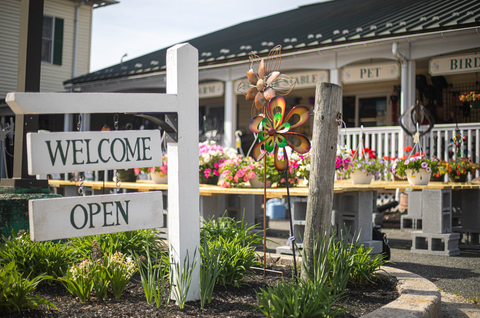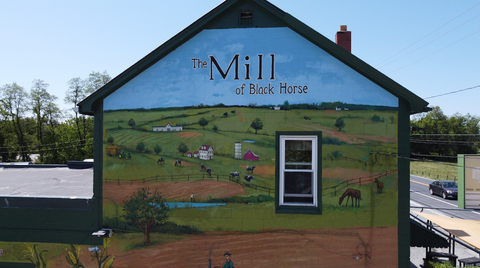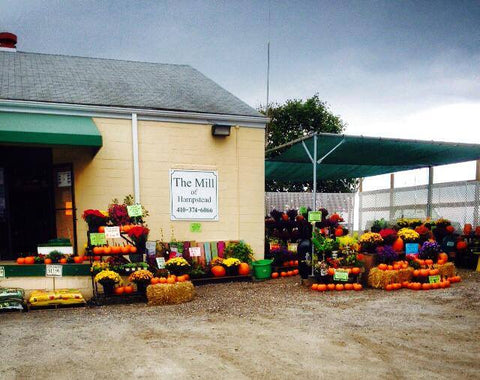The Brown-Headed Cowbird is a familiar visitor across much of North America. Known for its glossy black plumage and distinct brown head, this bird is often spotted among flocks of blackbirds and songbirds in fields, wood edges, and backyards. While their reputation as brood parasites makes them one of the more controversial birds in North America, Cowbirds are still an important part of our ecosystems, playing a role in seed dispersal and insect control.
Identification
Male Brown-Headed Cowbirds are glossy black with a chocolate-brown head that appears almost bronze in bright sunlight. Females are smaller and gray-brown overall with faint streaking on the chest. Both sexes have short, thick bills ideal for cracking seeds. Their call is a distinctive “bubbling gurgle” followed by a “check” note, often heard in open pastures or at feeders.
Habitat
Cowbirds thrive in open landscapes, including meadows, agricultural areas, suburban lawns, and woodland edges. Originally birds of the Great Plains that followed bison herds, they have adapted well to human-altered habitats and are now common throughout the Mid-Atlantic. You may see them feeding in groups on the ground or perching on fence lines and shrubs near feeding areas.
What Do Brown-Headed Cowbirds Eat?
The Brown-Headed Cowbird diet is primarily composed of seeds and insects. They are opportunistic foragers and often feed on the ground beneath feeders where other birds spill seed.
-
Seeds and grains: millet, cracked corn, sunflower seeds
-
Insects: beetles, grasshoppers, and caterpillars
-
Fruit and berries: small wild fruits in late summer and fall
Because they can dominate feeders, homeowners who want to limit cowbirds while supporting smaller songbirds can make small adjustments in their feeding approach.
The Mill recommends:
-
Nyjer Seed – Ideal for finches and too small for cowbirds to enjoy.
-
Mill Cardinal Blend Bird Seed – A premium mix that draws desirable songbirds and works well in enclosed feeders.
-
Safflower Seed – Cowbirds and blackbirds tend to ignore this seed because it’s hard and difficult for them to eat. However, cardinals and titmice love it because they can easily handle the hardness.
Feeder styles that work to attract cowbirds:
-
Tube or mesh feeders with small ports that restrict access for birds with larger beaks
-
Hopper feeders, including some squirrel proof feeders, with weighted perches that close under heavier birds or cages that don’t allow bigger birds to access the feeder
💡 Tip from The Mill: If cowbirds become too frequent, remove seed for a few days or switch temporarily to Nyjer-only feeding or safflower-only feeding to reset your backyard balance.
Nesting and Behavior
Unlike most birds, the Brown-Headed Cowbird does not build its own nest. Instead, they are brood parasites, meaning the females lay their eggs in the nests of other birds, resulting in other species brooding and raising cowbirds to adulthood. More than 200 species have been recorded raising cowbird chicks, including warblers, finches, and sparrows.
Cowbird chicks often hatch earlier and grow faster than the host’s young, which can sometimes reduce the survival rate of the native brood. Despite this behavior, cowbirds play a natural ecological role and are protected under the Migratory Bird Treaty Act. Additionally, some species, such as the Gray Catbird or the Yellow Warbler, have learned to identify cowbird eggs and will reject them or build a new nest on top of them
Coexisting with Brown-Headed Cowbirds
While some homeowners prefer to discourage cowbirds, they can still be part of a balanced backyard ecosystem. Providing diverse feeder types and food choices can help maintain healthy populations of songbirds without excluding native species.
To support a well-rounded bird habitat:
-
Offer a mix of feeder styles for different species
-
Plant native shrubs and grasses that supply natural food sources
-
Maintain clean feeders and fresh water year-round
-
Consider seasonal seed rotations to reduce competition among birds
Shop Bird Seed and Feeders at The Mill
Whether you want to manage cowbirds or encourage a greater variety of songbirds, The Mill has the bird seed and feeders to help. Explore our full selection of Bird Seed & Feeders designed to attract and support Mid-Atlantic birdlife through every season.
Even birds with complex reputations, like the Brown-Headed Cowbird, remind us that every species plays a role in nature’s balance. With the right feeding strategy, your backyard can remain a welcoming and diverse haven for all.























